Currently Under Research
As drones become an indispensable asset in modern warfare, the US Navy has been conducting extensive trials of unmanned surface vessels (USV).
In light of this trend, Japan’s Defense Ministry has allocated a considerable budget to research on a multipurpose USV that can perform a combat support role.
Unlike the unmanned underwater vessels (UUV) used for mine warfare aboard the Mogami-class frigates, the new USV project envisions for more versatility ranging from patrol duties to even anti-ship warfare.
In other words, it is designed with the assumption of combat participation, featuring anti-ship missiles, multiple sensors, and stealth capabilities, making it entirely different from previous USVs operated by the Maritime Self-Defense Force (JMSDF).
Other USVs in service around the globe will be examined for reference, suggesting that Japan’s new USV will be similar to those vessels both in performance and role.
What To Expect
So, what does Japan specifically expected from the new USV?
Firstly, as a vessel capable of autonomous navigation, the USV can be deployed for long-term surveillance and reconnaissance missions at a much cheaper cost compared to conventional destroyers or frigates.
Adding to this, JMSDF intends to establish a combat network involving multiple units equipped with missiles and coordination capabilities.
Such concept resembles the US Navy’s unmanned fleet, but the Japanese USV can be seen with X-shaped rudders like the ones found on the Soryu-class submarines. This indicates a half-submerged design to avoid detection and enhance survivability.
If realized, the project would pose a challenge to adversaries, especially after the Ukrainian successes of inflicting damaging and sinking Russian naval ships with maritime drones.
However, it is worth noting that these attacks were conducted in narrow water areas or at a relatively close distance from the shore. Considering the geographical differences of the Pacific and the Black Sea, such operations may not be as successful.
The best case scenario would be attacking enemy vessels near Okinawa during island defense and directly striking Chinese ports would certainly be out of the question.
Hence, JMSDF’s new USVs are likely to focus on surveillance and reconnaissance while attempting coordinated attacks based on the situation.
In either case, the mere existence of USVs capable of launching missiles would not only create a psychological impact, but also compel the enemy to adopt some sort of countermeasure or even disrupt their air-defense capacity.

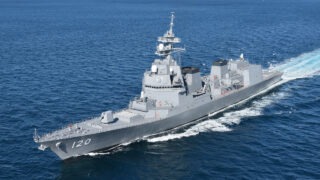

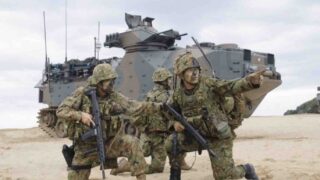
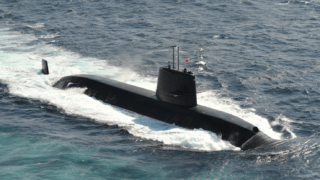
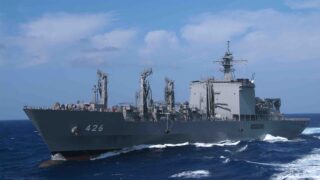
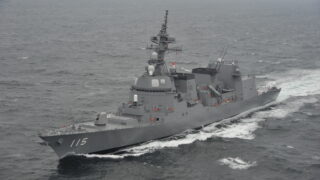
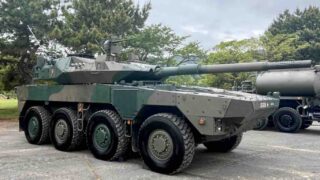
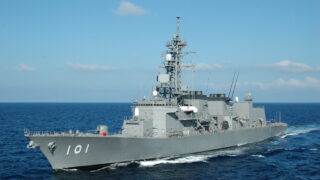
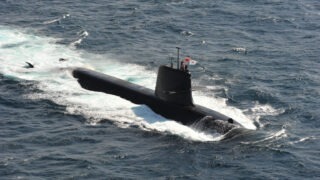
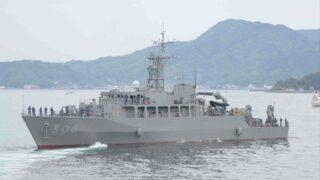
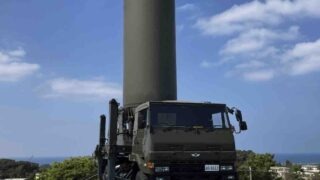
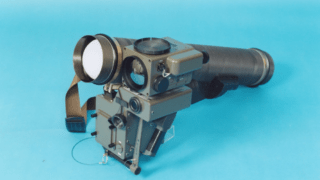
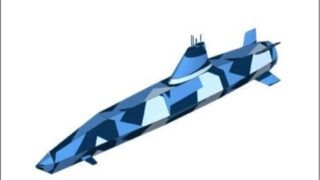

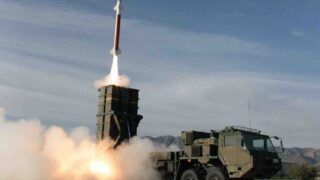
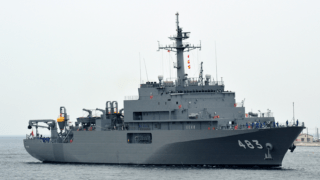
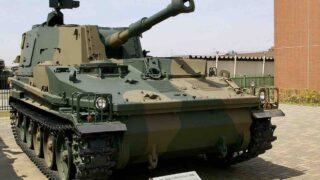

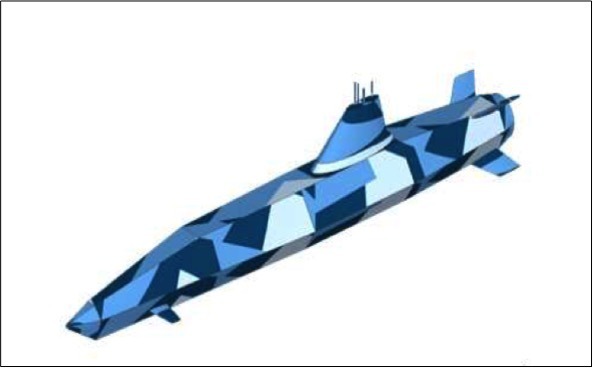
Comments